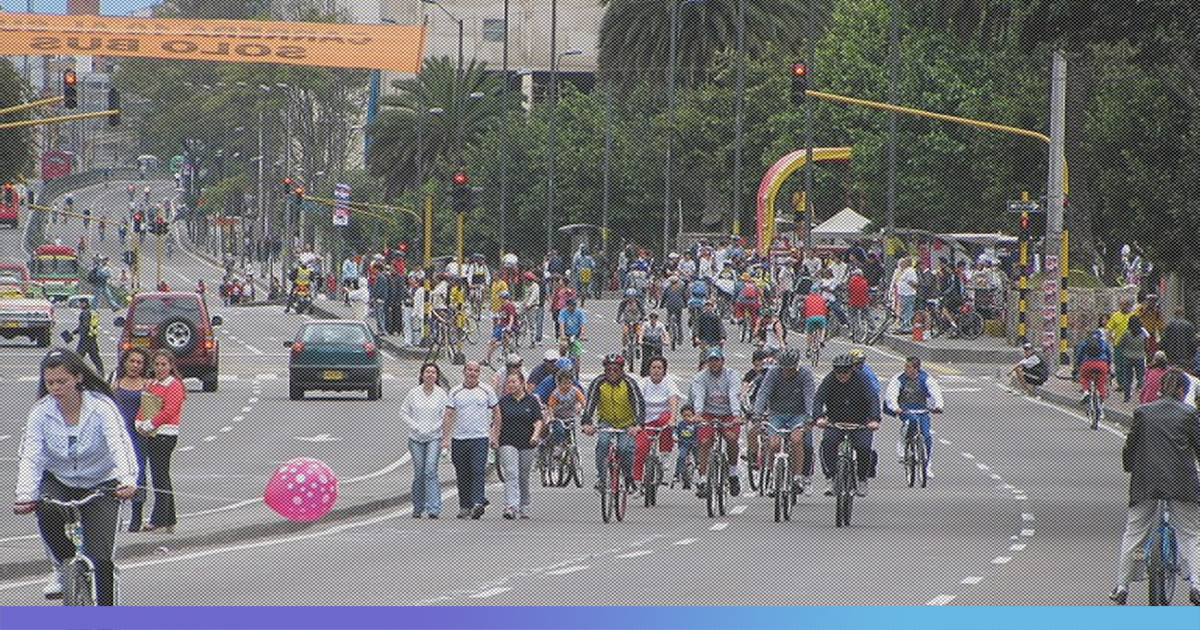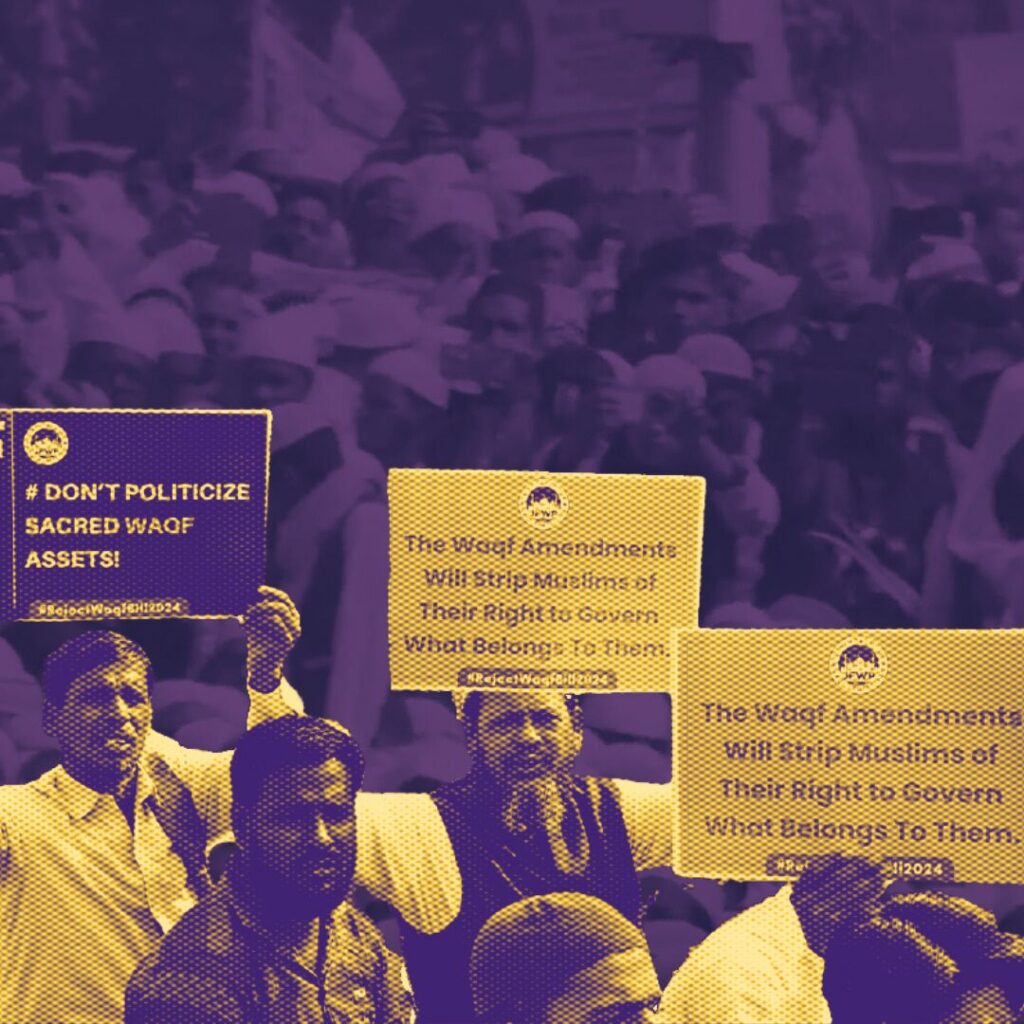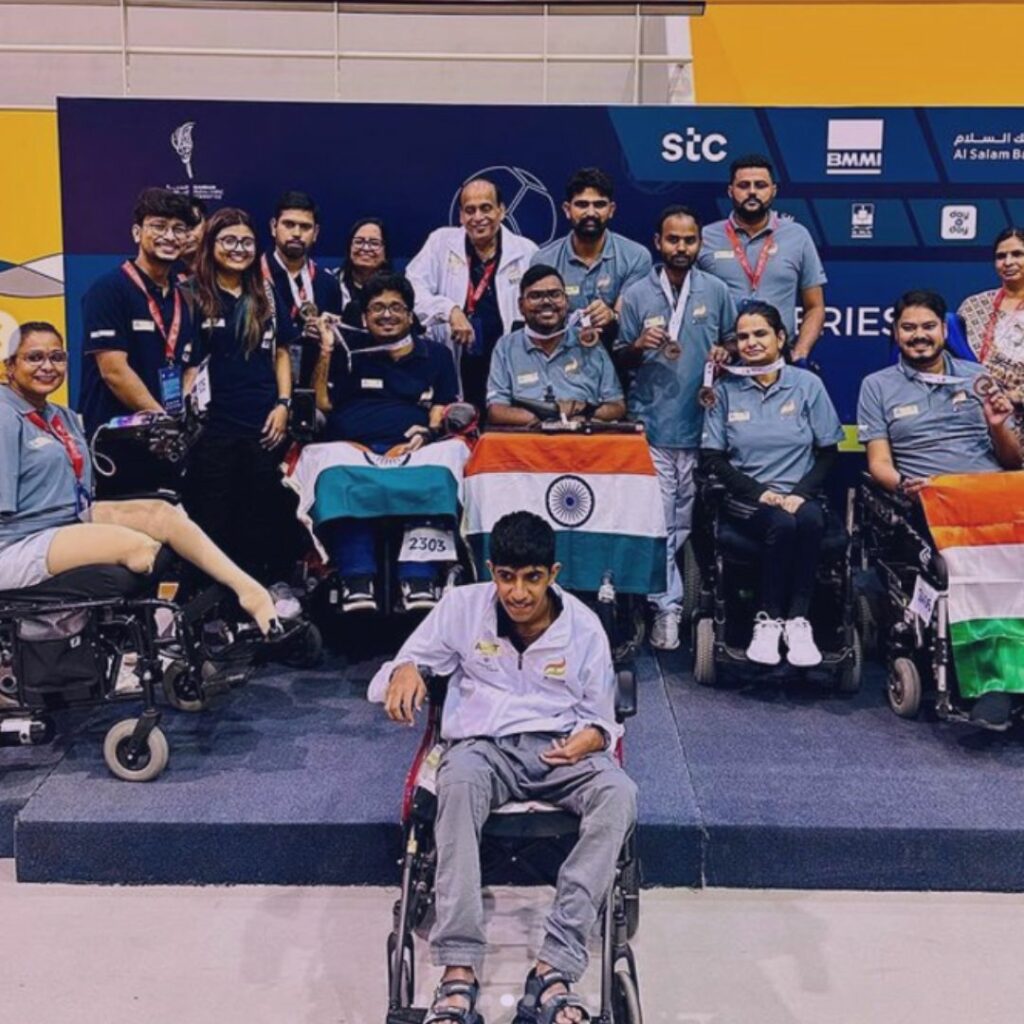How do you deal with the menace of traffic in a city where you see more vehicles than the roads can accommodate? How do you feel safe on roads where jumping red lights is seen as a badass attitude? How do you breathe fresh air in a place where the air is clogged with the fumes of countless vehicles?
This city tucked in the corner of South-America might have the answers.
It’s 1970, Ortiz Mariño, an architecture and design student from Ohio’s Case Western Reserve University, has just returned to his home in Bogotá, Colombia. He arrives in the city but he cannot recognize it. He cannot believe that what he remembered as a pristine city surrounded with natural bounty on all sides has undergone massive urbanization. He realises that this cannot go on and decides to step-up and bring about a revolution. The Bicycle becomes the symbol of this revolution.
“I was educated analysing this urban crisis (of America). When I came back home to Bogotá, I was shocked to see that we Colombians were following the American path of urban development. Cars and more cars. One person, one car. It was obvious that this was not going to lead to a liveable city. So, I became a radical. I knew how to do it: I was trained by the best American counterculture radicals. And the bicycle quite naturally became a symbol of revolution. The bicycle symbolizes individuality, civil rights, women’s rights, urban mobility, simplicity, the new urbanism, and, of course, environmental consciousness.” He quoted in an interview with bicyling.com

He, along with his two friends Fernando Caro Restrepo and Rodrigo Castaño Valencia, formed a bicycle organisation ‘Pro-Cicla’, and on December 15, 1974, they organised an experiment. With permission from Bogotá’s transportation and planning departments they close 80 blocks of the city’s two main roads to motorised traffic. They called the event “The Great Pedal Demonstration” and garner participation from about 5,000 people in what has come to be considered as the world’s first Ciclovía event. 2 years later, in 1976, Ciclovía was officially institutionalised under Mayor Luis Prieto Ocampo.
What started off with 5,000 people, as a demonstrative event covering less than 20 km with no regular schedule, today covers 121 km every Sunday and holiday of the year, attracting an average of 1.5 million participants. In the 44 years of its existence, Ciclovía has become an example of Urban Planning and Development, Public Health, Environmental Awareness, and Social Integration.
A research paper by Sergio Montero, Assistant Professor of Urban and Regional Development at the University of Los Andes, published in 2017, analyses the global impact that Ciclovía has had: “Since 2001, cities as diverse as Guadalajara, Jakarta, and Los Angeles, among more than 200 others, have referenced Bogotá to implement similar street-closure programs… Ciclovías with events at least twice per year take place in 496 cities in 27 countries.”

Another study, published in 2010, reviewed data collected from 38 Ciclovías across 11 countries and found encouraging results. It found that Ciclovías helped in improving the quality of life of the people who participated, so much so that those who participated even once a month on an average scored higher on health-related tests than those who did not participate at all. In terms of environmental benefits, the study found that, “…over 2 days along a segment of Bogotá’s Ciclovía showed that particulate matter (PM10) was 13 times higher on a regular weekday (65µg/m3) than on a Sunday (5µg/m3).” It is to be noted that on Sundays the concentration of PM10 is even lower than the WHO prescribed limit of 10µg/m3.
Surprisingly, it also found that Bogotá’s Ciclovía acted as an equalizing factor among the different social classes of people who participated by providing opportunities of social interaction among all socio-economic classes. It also created job opportunities for the lowest socio-economic strata of the community in the form of temporary vendors. It “…compared the number of temporary vendors in the Ciclovía with the number of automobile-related businesses along the same corridor and found that the former provided 7.4 times more employment than the latter. Moreover, 96% of the vendors were from the 3 lowest economic strata of the city.”

Antanas Mockus is considered to be Bogotá’s most flamboyant and Progressive mayor. He is a big supporter of the Ciclovía and during his tenure, he built more than 100 miles of bicycle paths. He puts the philosophy behind the Ciclovía beautifully in this interview:
“As an individual, we often think that our own behaviour is shaped by our consciousness, but that the behaviour of other people must be constrained by laws. In other words, we prefer carrots for ourselves and sticks for others. The Ciclovía teaches people to trust, rather than fear, each other. The Ciclovía is a message to the people of Bogotá that urban life can be better. We are all used to sharing things within our family. The Ciclovía is about sharing the streets within the family of humanity.”
In India, it inspired the concept of Raahgiri in Gurgaon where certain stretches of roads are closed off to the traffic every Sunday and left free for the public to engage in physical activities. It was first organized in 2013 and since then it has spread to more than 70 cities throughout India. It has inspired a number of changes at several places by providing impetus to other campaigns like car-free day challenges, pedal to work challenges, and neighbourhood improvement challenges. WRI-India has dubbed it India’s urban movement. It is an encouraging indicator of the changes that can be brought when the citizens take it upon themselves to bring about the changes that they wish to see.










